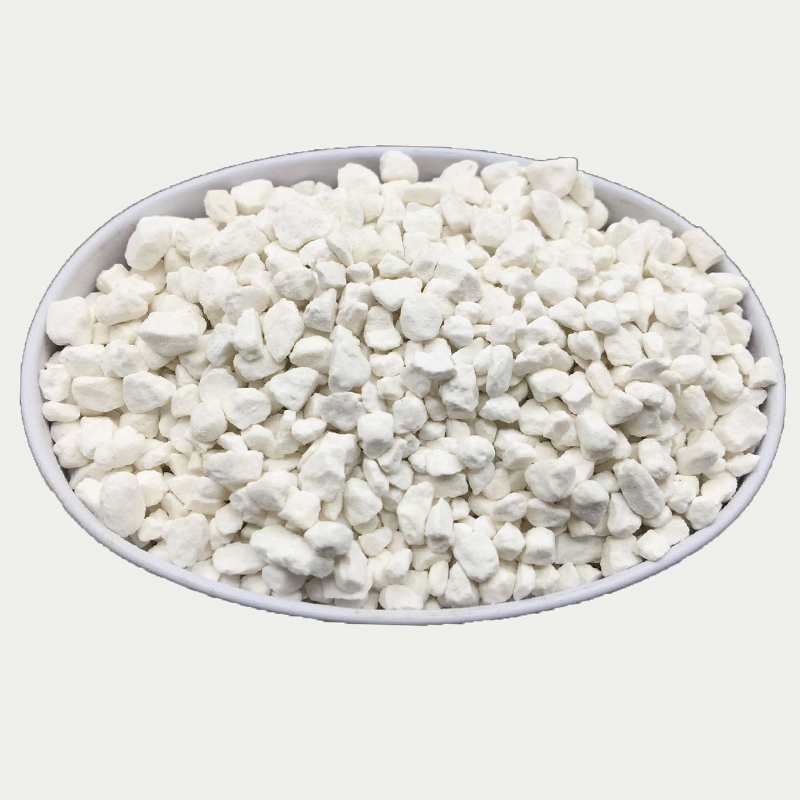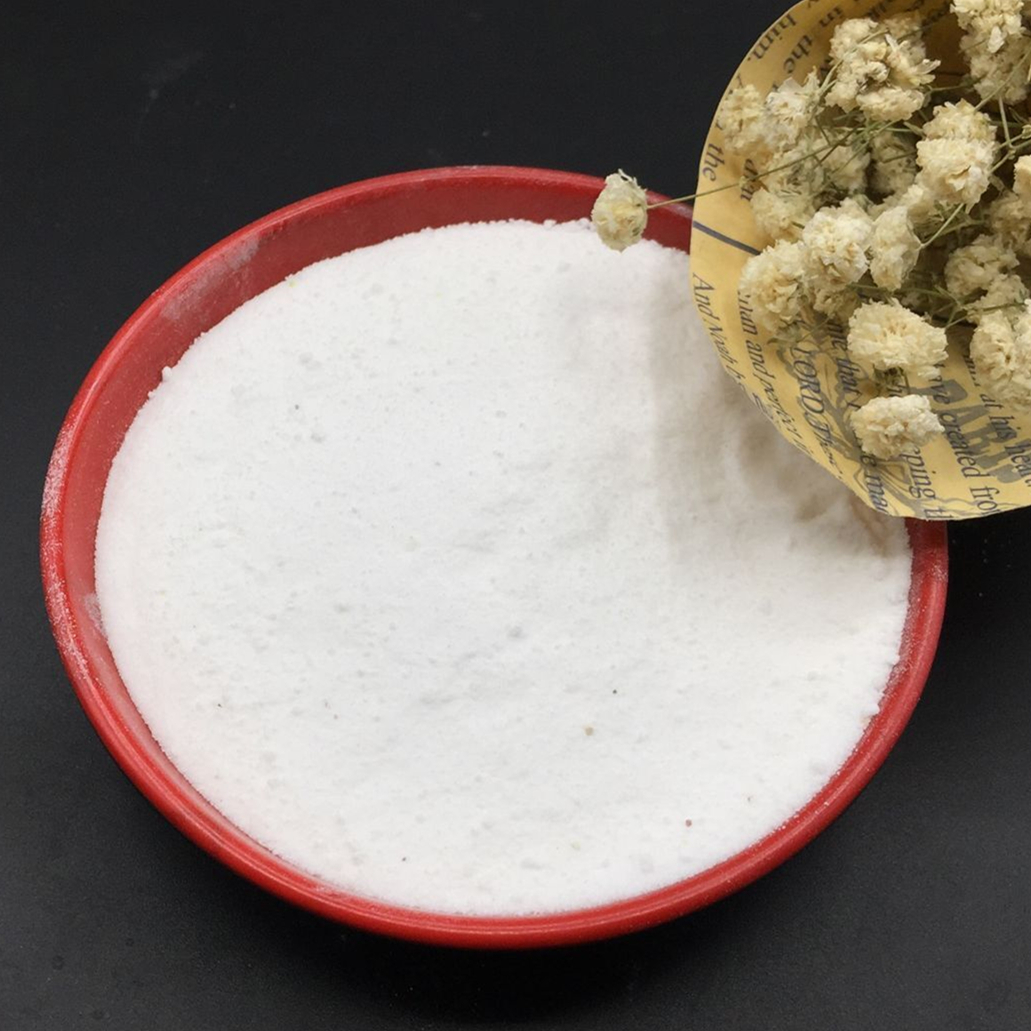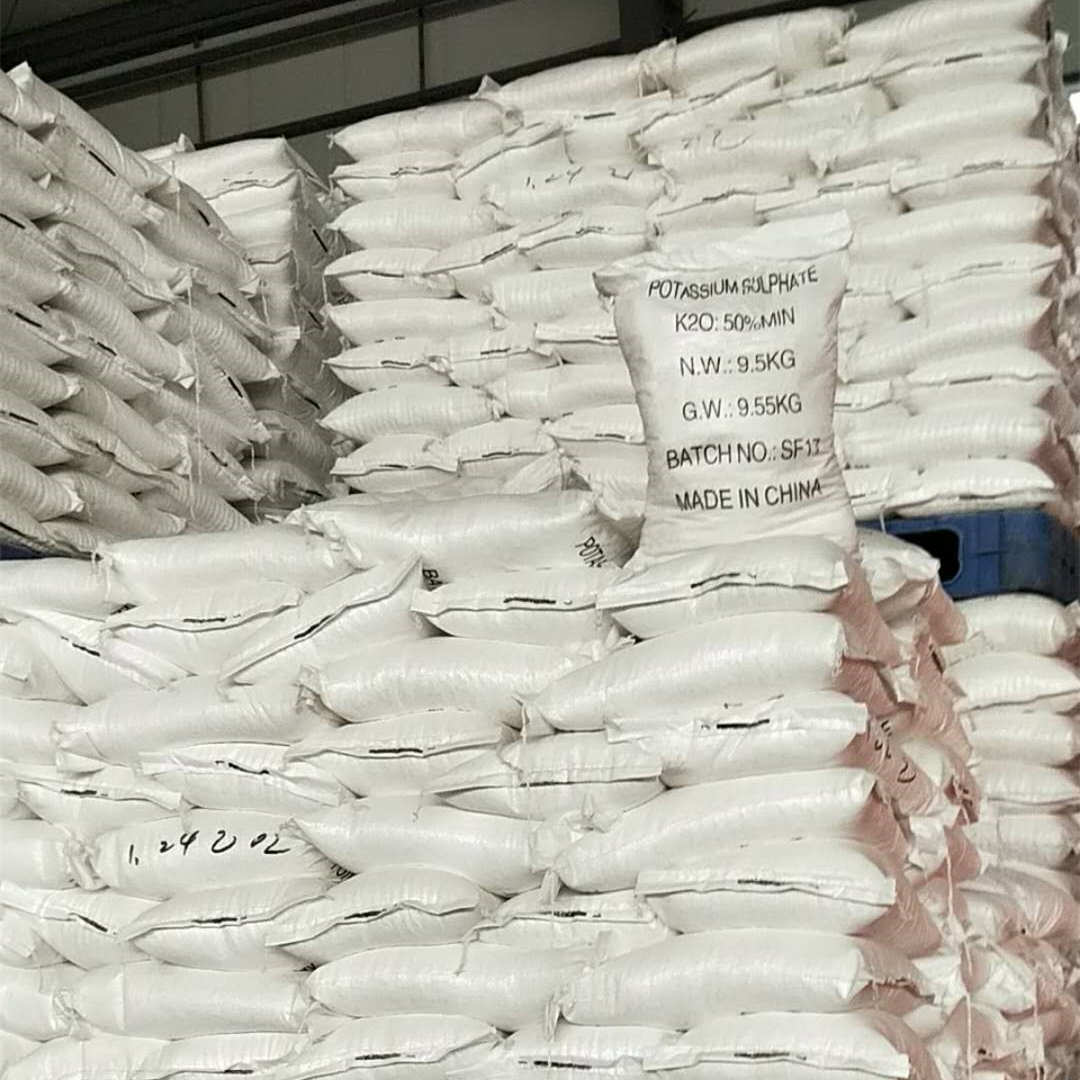
Oct . 11, 2025 08:40 Back to list
10 10 10 Fertilizer Organic - Balanced NPK, Water-Soluble
Is 10-10-10 Organic? And When SOP Granular Potash Makes More Sense
Gardeners ask me every season about 10 10 10 fertilizer organic options. Short answer: true organic 10-10-10 blends are rare and often pricey. In practice, many sustainable growers build a “balanced” program by pairing composted or natural nitrogen and phosphorus with a chloride-free potassium source such as SOP (sulfate of potash). That’s where this product comes in.

Product at a glance: Potassium sulfate SOP fertilizer granular 52% K2O
Origin: A-713, Zhengyang City Square, Chang'an District, Shijiazhuang, Hebei, China. It’s a clean, granular SOP—low salt index, chloride-safe for berries, grapes, citrus, potatoes, and even greenhouse crops. In fact, many customers say yields tick up when they switch away from muriate of potash.
| Spec | Typical Value (≈, real‑world use may vary) |
|---|---|
| K2O content | 50–52% (granular grade) |
| Sulfur (S) | ≈18% |
| Chloride (Cl−) | |
| Moisture | |
| Granule size | 2–4 mm, spreader-friendly |
| Salt index | Low vs MOP |
| Shelf life | 24+ months dry, sealed |
How it’s made (process flow)
Materials: potassium chloride and sulfuric acid. Method: Mannheim process → reaction to potassium sulfate + HCl → neutralization → granulation → drying → screening → anti-caking → bagging. QC: K2O assay (ICP-OES, AOAC methods), moisture (gravimetric), chloride (ion chromatography), particle size distribution (sieve analysis), heavy metals per AAPFCO/EN guidance. Batches are retained and tested before shipment.

Application scenarios
- Chloride-sensitive crops: berries, grapes, tobacco, potatoes, cucurbits, ornamentals.
- Fertigation and hydroponics: dissolves cleanly; check emitter compatibility.
- Transitioning from 10 10 10 fertilizer organic: pair SOP with organic N (e.g., feather meal) and natural P (e.g., rock phosphate) to “balance” the program.
Rates: often 50–150 kg/ha per application; to be honest, calibrate to soil/tissue tests and yield goals. Split applications help during fruit set and bulking.
Is it “organic”?
Some SOP products are OMRI-Listed, but not all. Always verify current OMRI or equivalent certification before using in certified organic systems under USDA-NOP. This specific SKU should be checked for documentation at purchase.

Advantages vs “balanced” blends
- Precision: match K and S without overloading N and P like some 10-10-10s.
- Quality: better color, brix, and storability reported on fruit; less leaf burn than MOP.
- Water-soluble and low chloride—safer in greenhouses and sandy soils.
Vendor comparison (indicative)
| Supplier | K2O | OMRI option | Lead time | Customization |
|---|---|---|---|---|
| H&H Fertilizer (Hebei) | ≈52% | By request, confirm certificate | 2–4 weeks | Granule size, anti-cake, private label |
| Regional Trader A | 50–51% | Occasional lots | 3–6 weeks | Limited |
| Importer B | ≈50% | No | 4–8 weeks | None |
Customization and testing
Custom NPK blends to emulate 10 10 10 fertilizer organic programs are feasible using SOP + approved N/P sources. Batch CoAs can reference AOAC methods for K and S, and alignment with AAPFCO definitions. Ask for heavy metal screening per regional norms.
Case notes (real farms, quick take)
- Blueberry farm (sand soil): replaced generic 10-10-10 with SOP + fish hydrolysate; leaf burn issues disappeared, yield +7% season two.
- Table grapes: SOP during veraison improved color and lowered chloride leaf tissue values versus MOP program.
Certifications and compliance: Verify OMRI listing for organic eligibility; for food crops, follow USDA-NOP and local residue limits. Storage: dry, covered, pallets off floor to avoid caking. Always base rates on soil/tissue tests.
Authoritative citations
- OMRI. Organic Materials Review Institute. https://www.omri.org
- USDA National Organic Program (NOP). https://www.ams.usda.gov/rules-regulations/organic
- AAPFCO Official Publication. https://www.aapfco.org
- AOAC Official Methods for Fertilizers and Soils. https://www.aoac.org
- FAO: Fertilizer use by crop. https://www.fao.org
- Fertilizer Europe: Nutrient stewardship in potassium fertilization. https://www.fertilizerseurope.com
-
Sustainable Growth with Organic Phosphate Fertilizer | Benefits & Innovations
NewsNov.24,2025
-
Organic Phosphorus and Potassium Fertilizer: Sustainable Soil Nutrition & Global Impact
NewsNov.24,2025
-
Organic Phosphorus Fertilizer: Sustainable Nutrient Solutions for Modern Agriculture
NewsNov.23,2025
-
Sustainable Growth with Organic Phosphorus Plant Fertilizer | HH Fertilizer
NewsNov.23,2025
-
Organic Plant Meal Fertilizer for Sustainable Agriculture – Benefits & Innovations
NewsNov.22,2025
-
Organic Plant Root Fertilizer – Sustainable Solutions for Healthy Soils & Stronger Plants
NewsNov.22,2025
